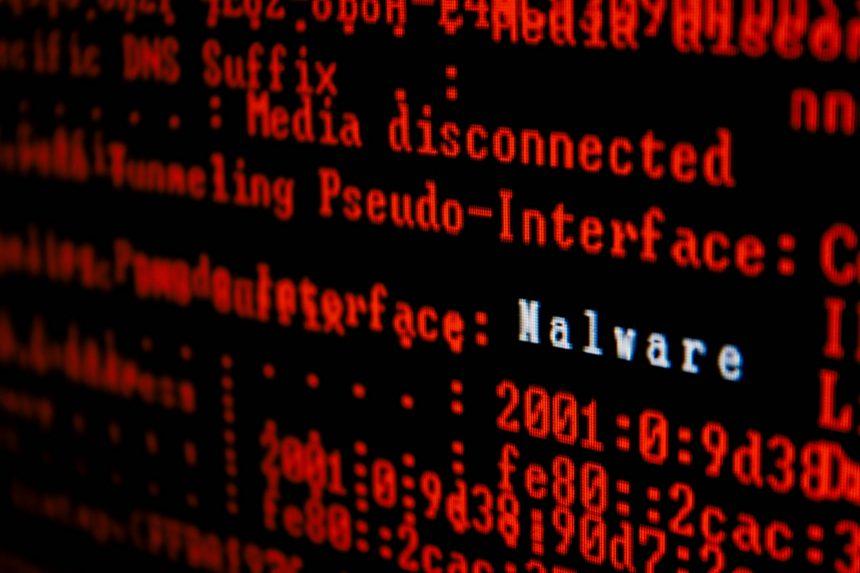Suspicious File Detected is a misleading notification that often appears on the bottom-right corner of Windows devices. This alert is associated with scams and malware campaigns designed to deceive users. It pretends to be a legitimate security warning from sources such as:
- Microsoft Edge
- Windows Security
- Popular antivirus software, particularly McAfee
The primary goal of these deceptive notifications is to lure victims into giving away personal or financial information. They often direct users to unsafe links, increasing the risk of identity theft, data misuse, and malware infections. Frequent pop-ups, browser hijacking, and other security issues make Suspicious File Detected a potentially unwanted program (PUP) that requires immediate removal to ensure system security.
What Is Suspicious File Detected?
Suspicious File Detected is categorized as a browser hijacker or adware that generates intrusive pop-up notifications to trick users. These alerts are fake and serve as a tactic to drive victims toward phishing sites or malicious downloads. While it may appear to be a legitimate security warning, it is designed solely to manipulate users into making hasty decisions that compromise their safety online.
Remove annoying malware threats like this one in seconds!
Scan Your Computer for Free with SpyHunter
Download SpyHunter now, and scan your computer for this and other cybersecurity threats for free!
This threat is often associated with malicious browser add-ons, rogue software, or downloads from unreliable sources. Once active, it can cause numerous disruptions, such as changing browser settings, installing adware, and redirecting users to potentially harmful websites.
How Did I Get This Fake Message?
The Suspicious File Detected pop-up is typically caused by:
- Unwanted Browser Add-ons: Malicious extensions or toolbars may inject these fake notifications into your browsing experience.
- Unreliable Downloads: Downloading software or files from unverified sources increases the risk of installing adware or PUPs.
Tips for Prevention
- Download Software from Verified Sources: Only use official websites or reputable app stores.
- Limit Browser Add-ons: Install only necessary extensions and ensure they are from trusted developers.
- Use Reliable Anti-Malware Software: A robust security solution can detect and block PUPs before they infiltrate your device.
What Does This Pop-up Do?
Once active, Suspicious File Detected can lead to a range of issues:
- Browser Settings Changes: It may alter your homepage, default search engine, or other configurations without your permission.
- Adware Installation: Additional suspicious software may be installed without your consent.
- Intrusive Ads and Alerts: Frequent pop-ups disrupt browsing and interfere with productivity.
- Redirects to Unsafe Sites: Clicking on these pop-ups often leads to phishing pages or malicious downloads.
These disruptions can severely impact your browsing experience and pose significant security risks. Removing the source of these fake alerts is critical.
Is It a Computer Virus?
Suspicious File Detected is not classified as a traditional virus but rather as adware or a PUP. While it doesn’t directly damage system files, its intrusive behavior can create vulnerabilities that expose your device to more severe threats, such as malware infections or phishing attacks.
Removing “Suspicious File Detected”
Remove annoying malware threats like this one in seconds!
Scan Your Computer for Free with SpyHunter
Download SpyHunter now, and scan your computer for this and other cybersecurity threats for free!
To eliminate Suspicious File Detected and restore your device’s security, follow these steps:
Step 1: Remove Suspicious Software
- Windows:
- Press
Ctrl + Shift + Escto open Task Manager. - Locate and end processes related to unknown or suspicious programs.
- Open Control Panel →
Programs→Uninstall a Program. - Identify and uninstall any suspicious applications.
- Press
- Mac:
- Open
Finder→Applications. - Look for and remove suspicious programs.
- Open
Step 2: Reset Browser Settings
- Google Chrome:
- Open
Settings→Reset settings→Restore settings to their original defaults. - Confirm reset.
- Open
- Mozilla Firefox: Open
Help→Troubleshooting Information→Refresh Firefox. - Microsoft Edge: Open
Settings→Reset Settings→Restore settings to their default values.
Step 3: Use SpyHunter to Scan and Remove Threats
SpyHunter is a powerful anti-malware tool that can:
- Detect and remove adware, PUPs, and other threats.
- Prevent future infections by blocking malicious downloads and websites.
How to Use SpyHunter
- Download and Install SpyHunter.
- Run a Full System Scan: Launch SpyHunter and initiate a scan to identify threats.
- Remove Detected Threats: Follow the on-screen instructions to quarantine and delete suspicious files.
Step 4: Clear Cache and Cookies
- Open your browser’s settings.
- Navigate to
PrivacyorClear Browsing Data. - Select
CacheandCookiesand clear them.
Step 5: Update Your Security Software
Ensure your anti-malware solution is up-to-date to block future threats effectively.
Preventive Measures
- Enable Pop-up Blockers: Use built-in pop-up blockers in your browser to prevent deceptive alerts.
- Regularly Update Software: Keep your operating system, browsers, and security tools updated to patch vulnerabilities.
- Avoid Clicking on Suspicious Links: Be cautious when receiving unexpected alerts or links, especially from unknown sources.
- Use Multi-Factor Authentication: Add an extra layer of security to your accounts to protect against unauthorized access.
- Educate Yourself: Learn to recognize fake alerts and phishing tactics to avoid falling victim to scams.
Conclusion
Suspicious File Detected is a deceptive tactic used by cybercriminals to compromise your device and steal sensitive information. While not a virus, its intrusive behavior makes it a significant threat to your online safety. By following the removal steps outlined in this guide and adopting preventive measures, you can protect your device and data from future infections. For comprehensive protection, consider using a reliable anti-malware tool like SpyHunter.





